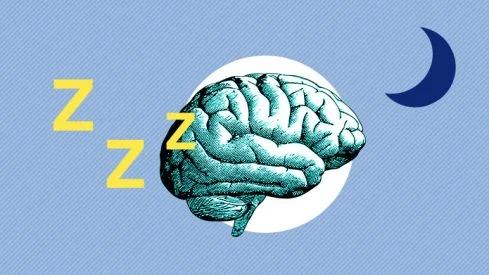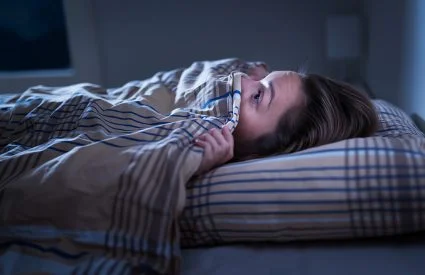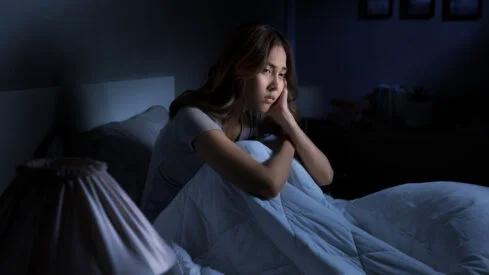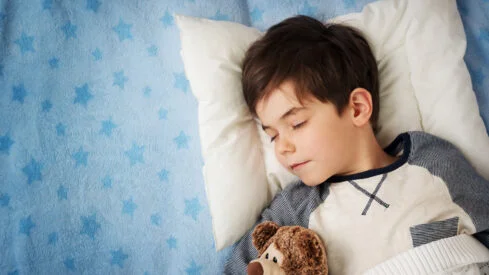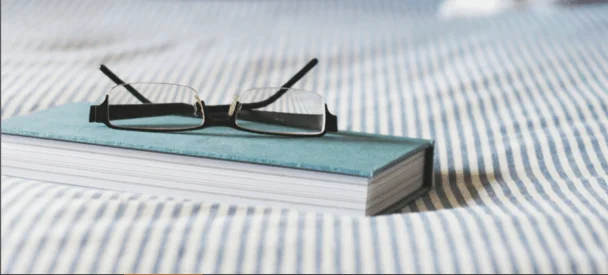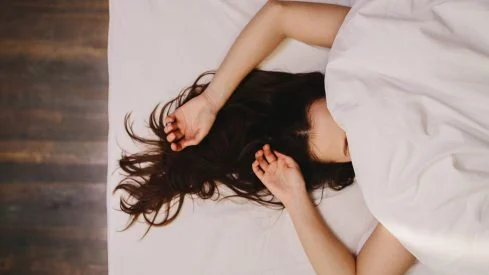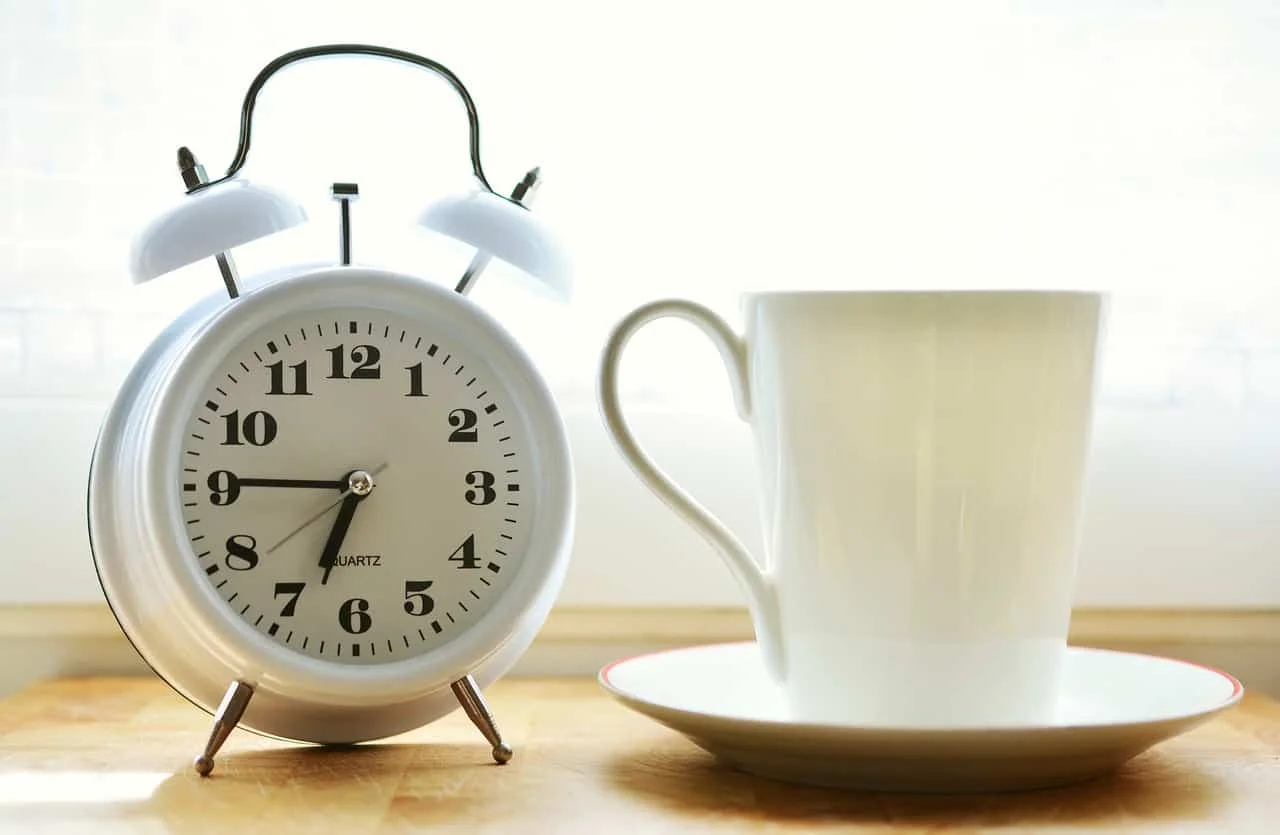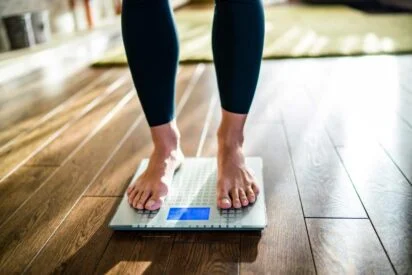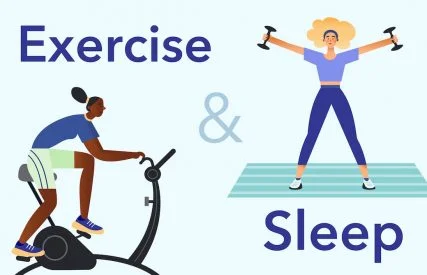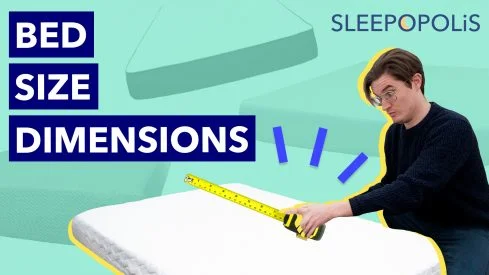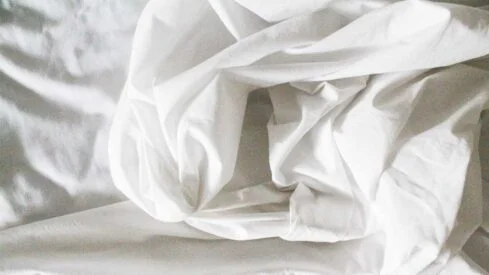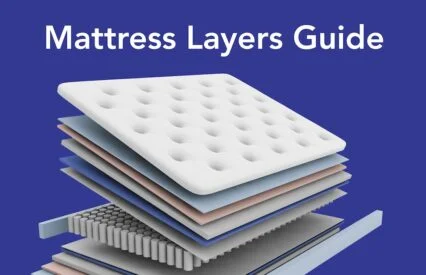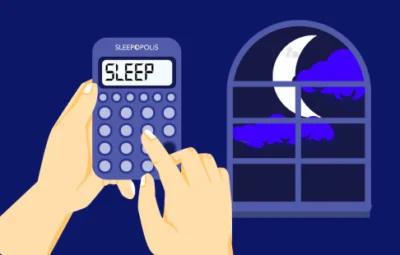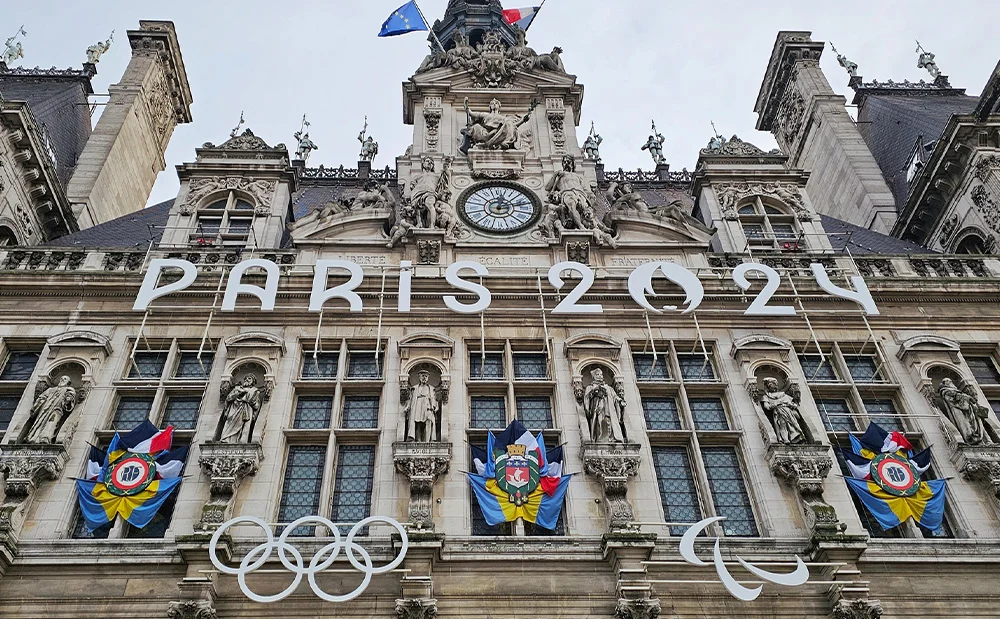
The 2024 Olympic Games have officially kicked off, and around 17,000 beds greeted athletes from all over the world when they arrived in Paris and moved into the Olympic village.
The cardboard beds from the 2020 Tokyo Olympics have officially made a comeback at this year’s games — and AI can be used to determine the best customizable mattress for each athletes’ needs.
During the 2020 Tokyo Olympics, the cardboard beds, made by mattress company Airweave, went viral with athletes claiming that they were intended to prevent athletes from getting intimate during the pandemic regulations in the Olympic village.
Needless to say, the cardboard beds have been getting a great deal of attention at this year’s games as athletes are taking to social media to share their experiences sleeping on the beds while they’re competing. Here’s everything you need to know about the cardboard beds at the Paris Olympics.
Can a Cardboard Bed Really Support an Olympian?
Contrary to what you might expect, the cardboard beds are allegedly very strong. According to USA Today, the beds are designed to support around 500 pounds of bodyweight, (1) enough to support two people. However, Airweave CEO Motokuni Takaoka said they can support a lot more weight — even a few people jumping.
Reuters posted a video in July of Airweave CEO, Motokuni Takaoka, jumping on the cardboard bed (which doesn’t actually look like a cardboard). Takaoka said, “We designed this cardboard bed for three to four people jumping.” (2)
Why, you might ask? “After you get a medal, people become very happy,” Tataoka explained in the video. (2)
Just shy of the standard twin XL mattress measurements, the cardboard beds will likely be uncomfortable for bed sharing. Inside the Games reported, “The standard size of a bed is 90 centimeters wide and 200 centimeters long but can be extended to 2.20 meters for taller athletes.” (3) For reference, a standard Twin XL bed is 96.5 centimeters by 203.2 centimeters.
For those concerned about the diverse body types of athletes in the Olympic Village, rest assured. One source says that AI will be used to find the perfect customizable option for each athlete’s height, weight, and sport. (4)
The beds are also made from recycled cardboard, a sustainable alternative to other common bed frame materials. Even more intriguing, the mattresses will be made from recycled fishing nets, according to Inside the Games. (5)
The Importance of a Quality Bed for a Good Night’s Rest
An analysis of height and weight distributions of 2016 Olympians found that athletes’ heights ranged from around four and a half feet to seven feet tall. Athletes’ weights ranged from 68 to 375 pounds. (6) With the wide range of body types at the games, the definition of the perfect mattress will vary widely depending on the person.
Dr. Shelby Harris, licensed clinical psychologist and Director of Sleep Health at Sleepopolis, explained why the mattress customization offered in the Olympic village is important for different body types: “The feel and support of a mattress is regularly affected by how much you weigh. A mattress will feel firmer to those lighter in weight than it does to those heavier in weight.” (7)
Dr. Harris added, “Light sleepers (less than 130 lbs) will most likely be more comfortable on a softer mattress as mattresses with really dense, firm, or thick layers can be uncomfortable as they won’t sink into the mattress as much. Heavy sleepers (more than 250lbs) will sink into mattresses more than an average or light weighing sleeper.”
Dr. Harris also said that finding the right mattress can help to support quality sleep. As many of us know, sleep is crucial for athletes’ overall performance and recovery.
With technology providing customizable bed options, the cardboard beds will probably be the least of the Olympic athletes’ concerns. (You might recall the viral bed bug reports in Paris from the fall). Hopefully, these study cardboard beds will scare away bed bugs and not their intended athletic inhabitants.
Sources
- Pugmire, Jerome. “Macron to inaugurate Olympic village in a disadvantaged area transformed for Paris Games”. USA Today. February 28, 2024. https://www.usatoday.com/story/sports/olympics/2024/02/28/macron-to-inaugurate-olympic-village-in-a-disadvantaged-area-transformed-for-paris-games/72777171007/
- “Paris 2024 unveils ‘very strong’ cardboard beds.” Reuters. November 30, 2023.https://www.reuters.com/video/watch/paris-2024-unveils-very-strong-cardboard-idOV695513072023RP1/
- Berkeley, Geoff. “Cardboard beds to be used at Paris 2024 after going viral at Tokyo 2020” Inside the Games. July 15, 2023. https://www.insidethegames.biz/articles/1138948/cardboard-beds-to-be-used-paris-2024
- 9NEWS. “Paris 2024 athletes will have cardboard beds.” YouTube. July 13, 2023. https://www.youtube.com/watch?v=uAm7GZYAdM4
- Picazo, Raúl Daffunchio. “A friendly and sustainable Olympic Village for Paris 2024.” Inside the Games. March 4, 2024. https://www.insidethegames.biz/articles/1144049/a-friendly-sustainable-village-paris2024
- Robert Wood, “Anthropometry of Olympic Athletes 2016.” Topend Sports Website. February 2018. https://www.topendsports.com/events/summer/science/anthropometry-2016.htm.
- Harris, Shelby. Personal Interview. March 29, 2024.
